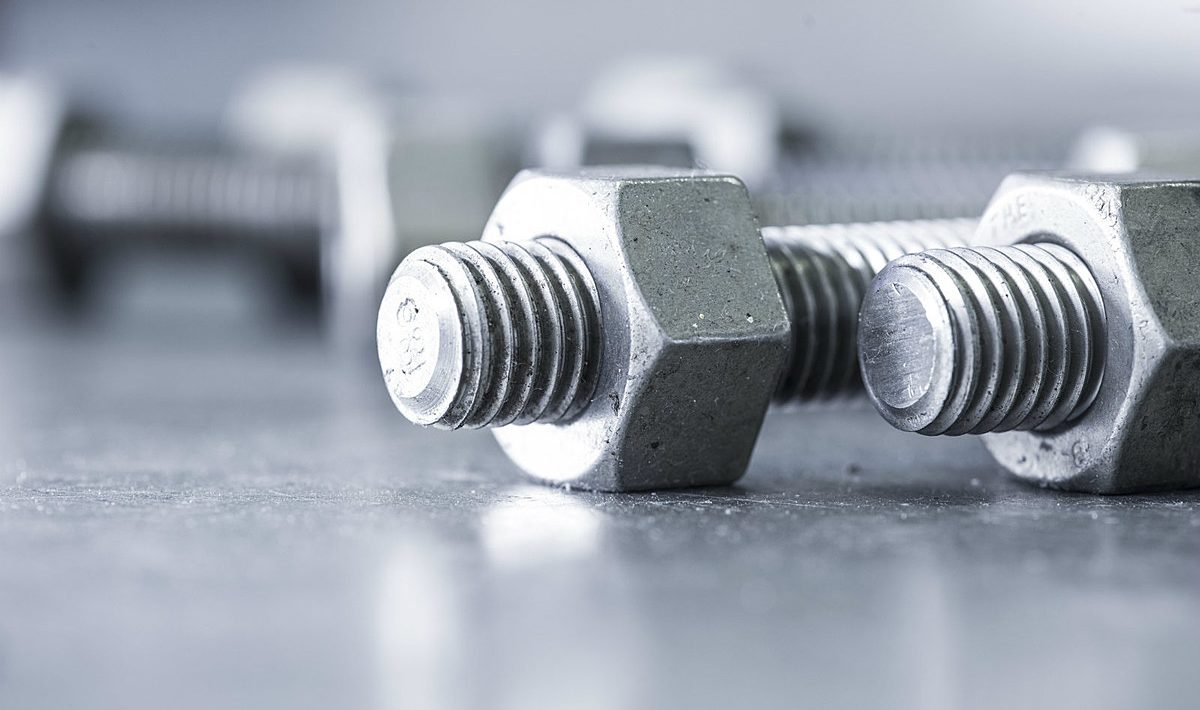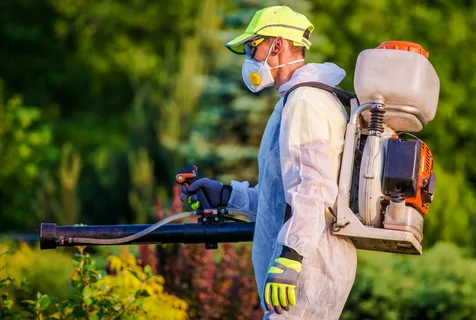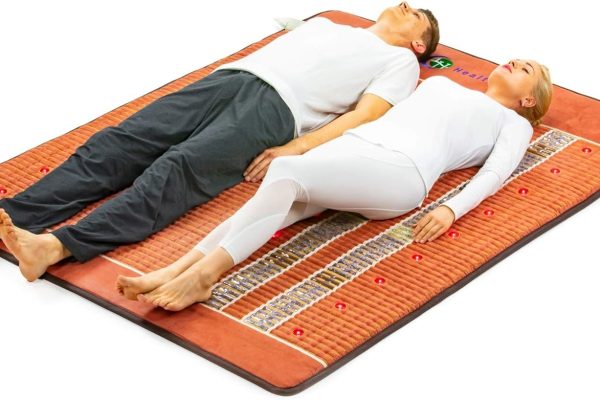Fasteners are used so commonly in such a wide range of industries that many of us probably take them for granted, but GSS fasteners are essential for holding two or more objects securely together. They can generally be divide into three categories: temporary, semi-permanent and permanent. You might recognize some of the most common types of them listed below, along with their common uses:
- Bolts
Helping to hold two unthreaded pieces of equipment together, this is the most common type of fastener found in more applications than can possible be listed here. With external threads on one end, and a hexagonal head on the other, bolts work in conjunction with nuts to securely fasten two pieces together. In some instances, in place of the nut, is a threaded hole that reduces the number of components used.
- Screws
With superior holding power, screws are extremely versatile as fasteners, and while they are similar to bolts in their structure, they require nothing to help keep them securely in place, as bolts do. With heads available in a variety of shapes and sizes, screws typically make thread into a component while being installed, cutting out the need for tapping. This mechanical type of fastener comes in a range of designs, each one of which will have a specific use.
- Nuts
Working with a bolt to hold more than one component securely in place, nuts have an internal thread that helps it work in conjunction with a bolt that is of the same size. As fasteners, nuts provide superior grip and increased torque. Available in many different shapes, sizes and designs, they can be made to fit into a great number of bolt shapes.
- Washers
Shaped like a ring, square plate washers are small and circular, and when combined with nuts and bolts, provide secure fastening functions for a variety of uses. Typically placed underneath joints, nuts, and axle bearings, they serve a range of functions, arguably one of the most important of which, is to reduce friction. Additionally, washers help to reduce the risk of leaks, and are able to isolate a number of different components. If you use a washer in a certain application, it will keep the components secure, even in the event of extreme vibration.
- Rivets
Helping to secure a variety of types of components, rivets are the most popular permanent fasteners, enabling a vast range of materials to be safely used while providing support against the force of shearing. Another plus point is that rivets are exceptionally lightweight, and because they come with heads at each of their ends, they can provide able support for axial loads. To install rivets, special guns are used, and threads are not required. Simple to inspect, they are the fastener of choice for the aerospace industry.
All of the above types of fasteners are widely used in the following industries: petroleum, aerospace, chemical, oil and gas and nuclear energy, among many others.
With so many different types of fasteners out there, to make sure you’re using the right ones for the right types of jobs, and that you’re keeping everyone and everything as safe as possible at all times, it’s best to consult with an expert for the most up-to-date and accurate advice.





